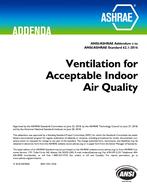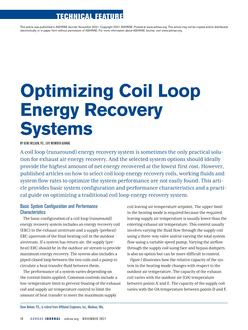Click here to purchase
Geothermal Heat Pump (GHP) systems equipped with horizontally bored underground pipes are a variant of a conventional horizontal closed-loop GHP system. The development of this type of system benefits from a horizontal drilling technique that allows the installation of horizontal heat exchangers in the deeper ground at different layers. Like a vertical closed-loop system, the horizontal boreholes are typically grouted in order to enhance the heat transfer performance. This type of system is less disturbed by outdoor weather compared to conventional horizontal closed-loop systems and thus may have higher cooling and heating capacities for larger building applications. Although horizontally bored GHP systems have their own advantages, this type system is not as widely used as conventional vertical or horizontal closed-loop systems, especially in cold-climate regions of the U.S. This paper aims to investigate and evaluate a horizontally bored underground GHP system currently used in an airport terminal located in Grand Forks in North Dakota (Climate Zone 7). This study includes a detailed description regarding this airport facility and an in-depth building energy simulation performed by using the commercial energy simulation software packages, Trane Trace 700 and GLHEPro 5.0. The models used in the simulation have been calibrated by using actual utility bills. The results indicate that the potential energy savings of this building are 17% compared to a conventional HVAC system. However, the corresponding energy cost savings are -7%, due to the extremely low natural gas price in this cold-climate region compared to electricity.
Citation: ASHRAE/IBPSA-USA Bldg Simulation Conf, Sept 2018
Product Details
- Published:
- 2018
- Number of Pages:
- 8
- Units of Measure:
- Dual
- File Size:
- 1 file , 3.3 MB
- Product Code(s):
- D-BSC18-C084


